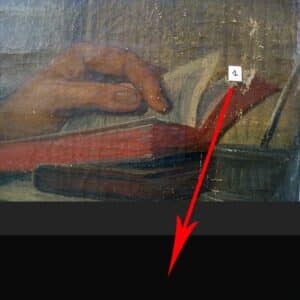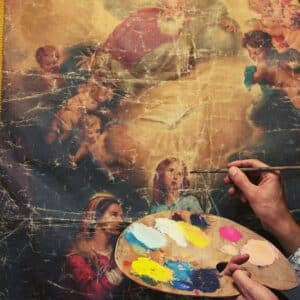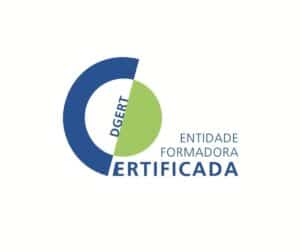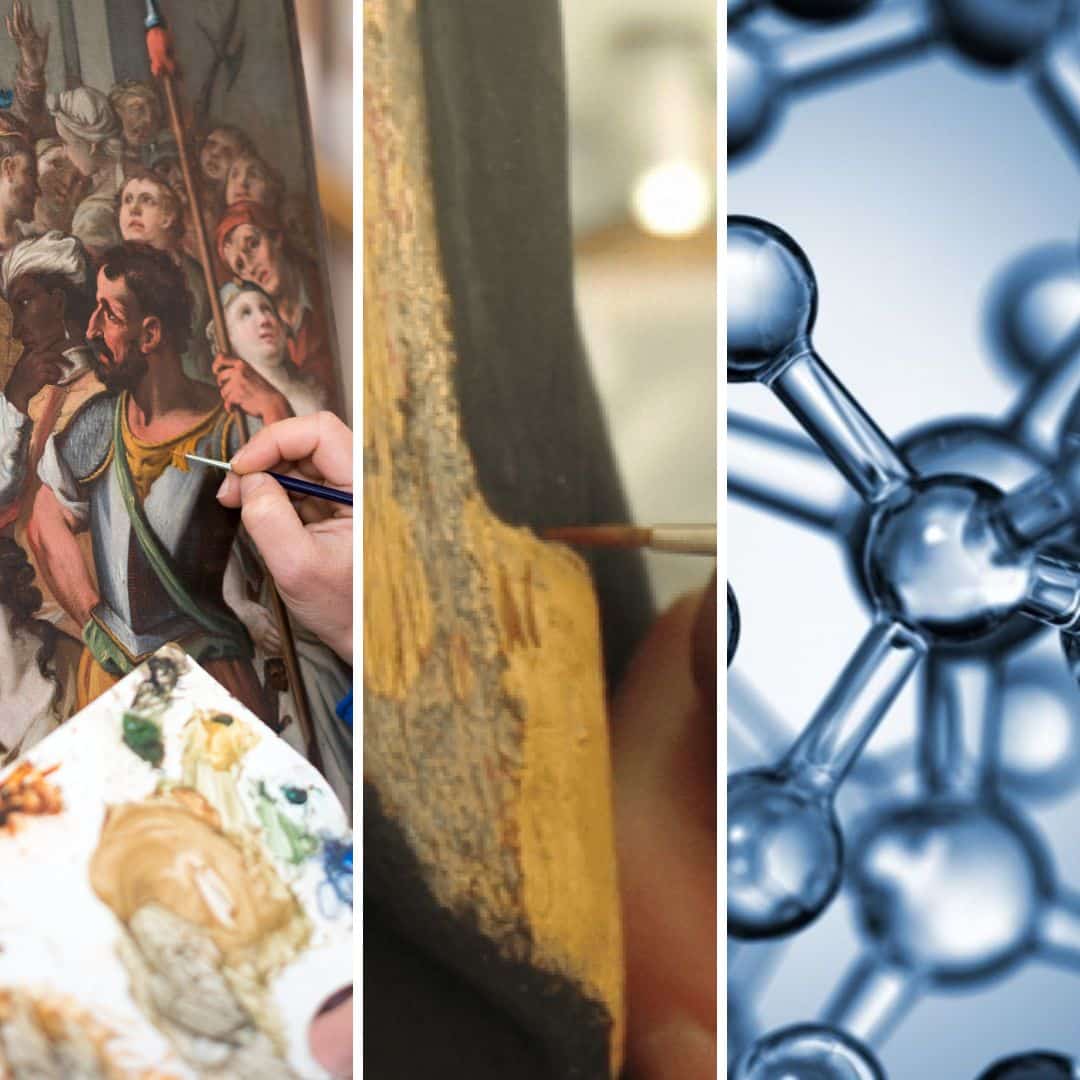Learn about Restoration and Conservation of Paintings on canvas and the behaviour of pigments with this package of 2 online certificated courses – Restoration and Conservation of Paintings + Pigments in Art Research, Dating and Restoration
One of the fundamental elements in the structure of a canvas is the chromatic layer made up of pigments and medium. The analysis of this element, its chemical and physical composition and degradation processes is very important for a correct conservation and restoration of paintings intervention.
SAVE 30% WITH THIS COURSE BUNDLE
Language: English
Also available in Português | Spanish
Restoration and Conservation of Paintings on Canvas and Pigments Art Research and Conservation
The package of 2 certified online courses includes the certificated courses
Restoration and Conservation of Paintings on Canvas
Pigments in Art Restoration and Research
Why are these two certified courses important for the restoration of paintings?
The restoration and conservation of paintings on canvas implies ethical and technical knowledge regarding restoration techniques in works with complex characteristics and diverse components, from the support to the final protection, including the various preparatory and pictorial layers.

When we talk about the restoration and conservation of paintings it is essential to understand their most important component: colour, which is provided by the pigments used by artists in their creations.

Knowing pigments characteristics and degradation processes is a complementary knowledge of great importance in the restoration and conservation of paintings on canvas.
That’s why we created this pack of two certificated courses online: the basic course dedicated to the restoration and conservation of paintings complemented by a course on pigments in art research and restoration.

The price of the pack of 2 certificated courses online includes 24-hour access for an unlimited time:
Lessons for each topic in the program
Links to articles, videos and websites
Assessment (1 final quiz per course)
Certificate (1 certificate per course).
Who should take these 2 online courses with certificate
They are particularly suitable for
Conservators, restorers and students in the field.
Curators, museologists, gallery owners.
There are no access requirements.
Certificate
How it works
Pigments in art restoration and research
Topic 1 – Introduction
1 – General characteristics
- Types and origin
- Structure and granulometry
- Optical and physical properties
- Chemical properties
- Chemical reactions that give rise to pigments
- Examples of chemical elements used in the production of artistic pigments and how they tend to behave when they are pigments.
Topic 2 – Pigments as artistic material
2.1. Manufacturing process.
2.2. The composition and its importance in artistic creation
2.3. Compatibility with the other materials that integrate a work of art
Topic 3 – Restoration and conservation of pigments
1. Restoration
1.1. Degradation factors and main pathologies
1.2. Overview of pigments and techniques used in the restoration of works of art.
2. Conservation
2.1. The importance of preventive conservation in the preservation of pigments.
2.2. Methods and materials for their protection
2.3. Ethical and legal considerations in their conservation
Topic 4 – The use of pigments in the research and dating of works of art
4.1. The use of pigments as chronological indicators (brief historical overview)
4.2. Techniques, style and materials as a chronological indicator
4.3. Limitations and considerations in the use of pigments for dating works of art
Restoration and conservation of paintings
PART 1 – CONCEPTS AND PRINCIPLES OF CONSERVATION AND RESTORATION
LESSON 1 – Concepts and principles of restoration and conservation of paintings
LESSON 2 – PREVENTIVE CONSERVATION
PART 2 – BEFORE THE INTERVENTION WE NEED TO UNDERSTAND
LESSON 3 – UNDERSTANDING AND CHARACTERIZING A PAINTING
LESSON 4 – STRUCTURE OF A PAINTING – SUPPORT
LESSON 5 – STRUCTURE OF A PAINTING
PART 3 – DEGRADATION FACTORS AND PATHOLOGIES
LESSON 6 – FACTORS OF DEGRADATION
LESSON 7 – MOST FREQUENT PATHOLOGIES
LESSON 7.1. OBSERVATION OF PATHOLOGIES
PART 4 – METHODOLOGY OF INTERVENTION IN RESTORATION AND CONSERVATION OF PAINTINGS
LESSON 8 – CONSERVATION AND RESTORATION – METHODOLOGY OF INTERVENTION
LESSON 9 – PRE-FIXING, UNFRAME AND CONSOLIDATION
LESSON 10 – FACING
LESSON 11 – TREATMENT OF THE BACK
LESSON 12- REMOVAL OF FACING AND CLEANING
LESSON 12.1. – ALTERNATIVE CLEANING PRODUCTS
LESSON 13 – GAP FILLING AND REINTEGRATION
LESSON 14 – PROTECTION AND RE-STRETCHING
CASE STUDIES AND SUPPORTING MATERIAL
Each case on conservation of paintigs is different and needs to be carefully analyzed in order to take the most appropriate conservative options.
In this section you can look at different case studies and understand the associated issues.
There is also documentation for further study of the topics covered in the course.




